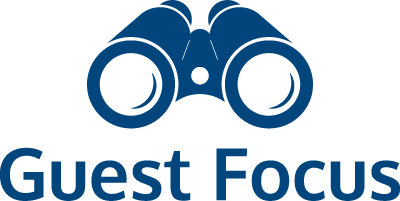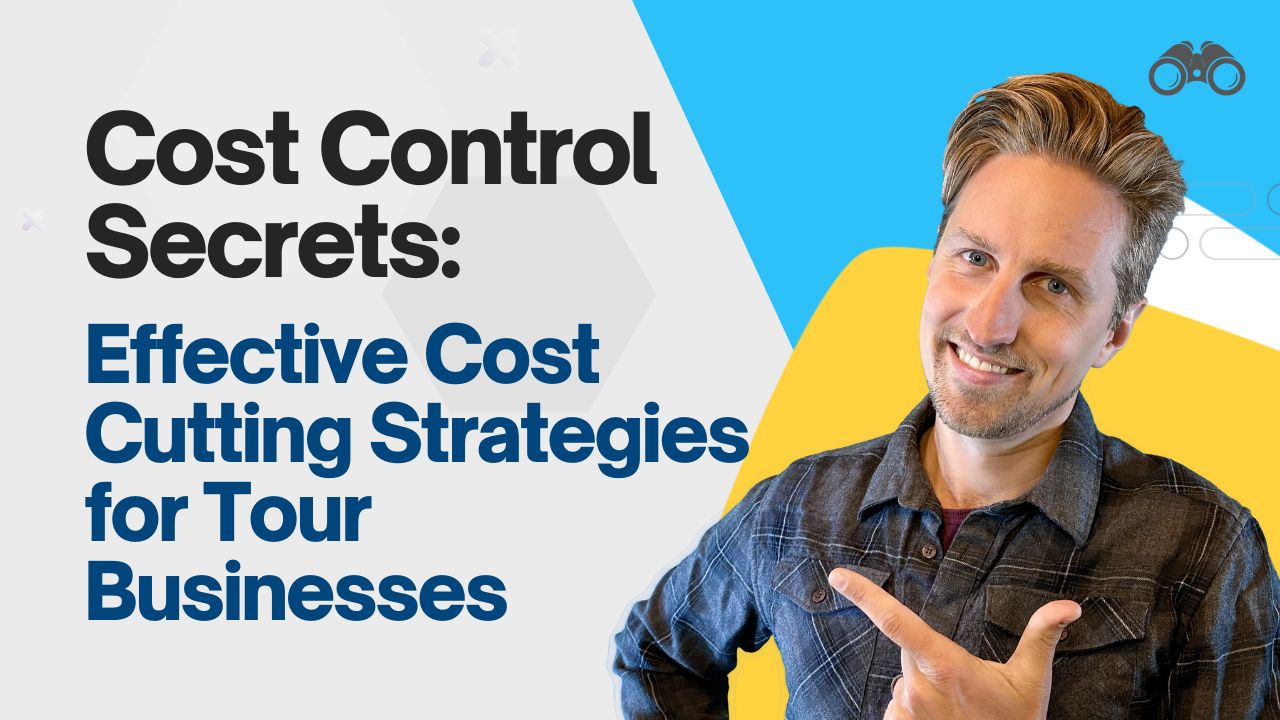Cost Control Best Practices for Tour Operators: Boosting Profitability Through Smart Expense Management
You don’t have to double down on marketing to boost your profits. Spend more to grow profits? This doesn’t always make sense.
Rather, by leveraging the power of cost control in your tour business, you can increase your profits without booking a single additional tour.
In an industry obsessed with boosting sales and expanding offerings, the approach of focusing on costs, rather than sales, seems counterintuitive. Yet there’s something that many business owners often overlook: sometimes, the key to higher profits isn’t about doing more, but spending less.
This idea challenges the common misconception that growth always requires increased revenue. It doesn’t! In fact, for many tour operators, the path to greater profitability might be hiding in plain sight – in their expense reports.
Ready to uncover the secrets of cost control that could transform your tour business? Let’s dive into five core best practices that might just help you grow your bottom line.
1. Financial Tracking and Cost Transparency
As a tour business owner, it’s crucial to know what each dollar is doing for you. Regularly check where your money is going and assess potential savings without compromising the guest experience, your values, or financial goals.
In the early stages of your business, a spreadsheet might suffice for tracking expenses. However, as your business grows, consider investing in small business accounting software. These powerful, inexpensive tools can maximize your profitability.
The key is to review your expenses monthly, rather than falling into the trap of year-end assessments. Consider hiring bookkeeping services to help with financial and administrative work, generating monthly reports such as:
- Profit and loss statement
- Balance sheet
- General Ledger
Common Accounting Mistakes to Avoid:
Many tour operators overlook tracking credit card fees, booking software fees, or OTA commissions as expenses. Remember, even if this money never hits your account, it’s essential to track these costs. Knowing these expenses allows you to make informed decisions about potentially switching booking software or negotiating better rates as your business grows.
2. Adopting Technology to Reduce Costs
For most service businesses, labor is one of the largest costs. Modern booking software solutions can significantly reduce administrative burdens, saving you hours of weekly work. These tools can help with:
- Processing invoices and refunds efficiently
- Reducing call volume and email responses
- Automating routine tasks
- Generating insightful reports
- Developing tour manifests
- Managing resources, vehicles, and assets
- Implementing point of sale systems, check-ins, and digital waivers
While the cost of such software might seem high initially, consider the labor costs it’s replacing. If you’re not capturing your own time as an expense, you might be underestimating the true cost of running your business without these tools.
3. Collaborating with Other Small Businesses
Clever tour operators have found ways to reduce costs by partnering with other businesses. For example, sharing a storefront in a busy downtown area can split rent, utilities, and insurance costs while providing great visibility for both businesses.
Collaboration can also extend to cross-promotion, allowing you to leverage each other’s social reach, email lists, and other marketing channels, effectively bartering for marketing exposure.
4. Outsourcing and Hiring Freelancers
We’re living in a golden age of outsourcing, with platforms like Fiverr and Upwork providing access to global talent pools. Outsourcing can reduce costs and increase profitability in several ways:
- Cost efficiency: Access cheaper labor and only pay for the work you need
- Specialized skills: Find experts for specific tasks like marketing, design, or copywriting
- Scalability: Adjust your workforce based on business demands
- Flexibility: Work can be done at any time, potentially speeding up project completion
- Reduced risk: Experiment with new ideas and contractors with less commitment
Remember to consider the opportunity cost of doing low-leverage tasks yourself. Outsourcing these tasks can free you up to focus on high-value activities that could significantly boost your business.
5. Effective Financial Management
This broad category encompasses three key areas:
a) Debt Management:
Evaluate your current debt situation and look for opportunities to consolidate loans or reduce interest rates. Even if solutions aren’t immediately apparent, speak with lenders or financial advisors about potential options.
b) Vendor Negotiations:
Proactively negotiate with suppliers and venues. Look for bulk order discounts or early payment incentives. Don’t be afraid to negotiate common business expenses like phone bills—small monthly savings can add up to significant amounts over time.
For food tour operators, consider negotiating smaller serving sizes with restaurants to reduce costs without significantly impacting the guest experience. For multi-day tours, try to negotiate comped or discounted accommodation for guides.
c) Cost-Cutting Incentives for Employees:
Create incentives for your staff to help with cost-cutting. For example, offer your operations manager a bonus for reducing operating costs by a certain percentage without negatively impacting guest reviews or experiences.
Encourage all staff members to contribute cost-saving ideas, from optimizing tour routes to save on fuel to getting multiple quotes from suppliers before making purchases.
By implementing these cost-controlling strategies, you’ll be well-equipped to run a lean, profitable, and fast-growing tour business. Remember, as you scale and grow, these efficiencies and profitability will scale with you. Conversely, if you have a cost-heavy, low-margin operation, scaling up will only amplify those inefficiencies.
While increasing top-line revenue is important, don’t overlook the power of cost-saving practices. Sometimes, the lowest hanging fruit for boosting profits is right under your nose in the form of smart expense management.




